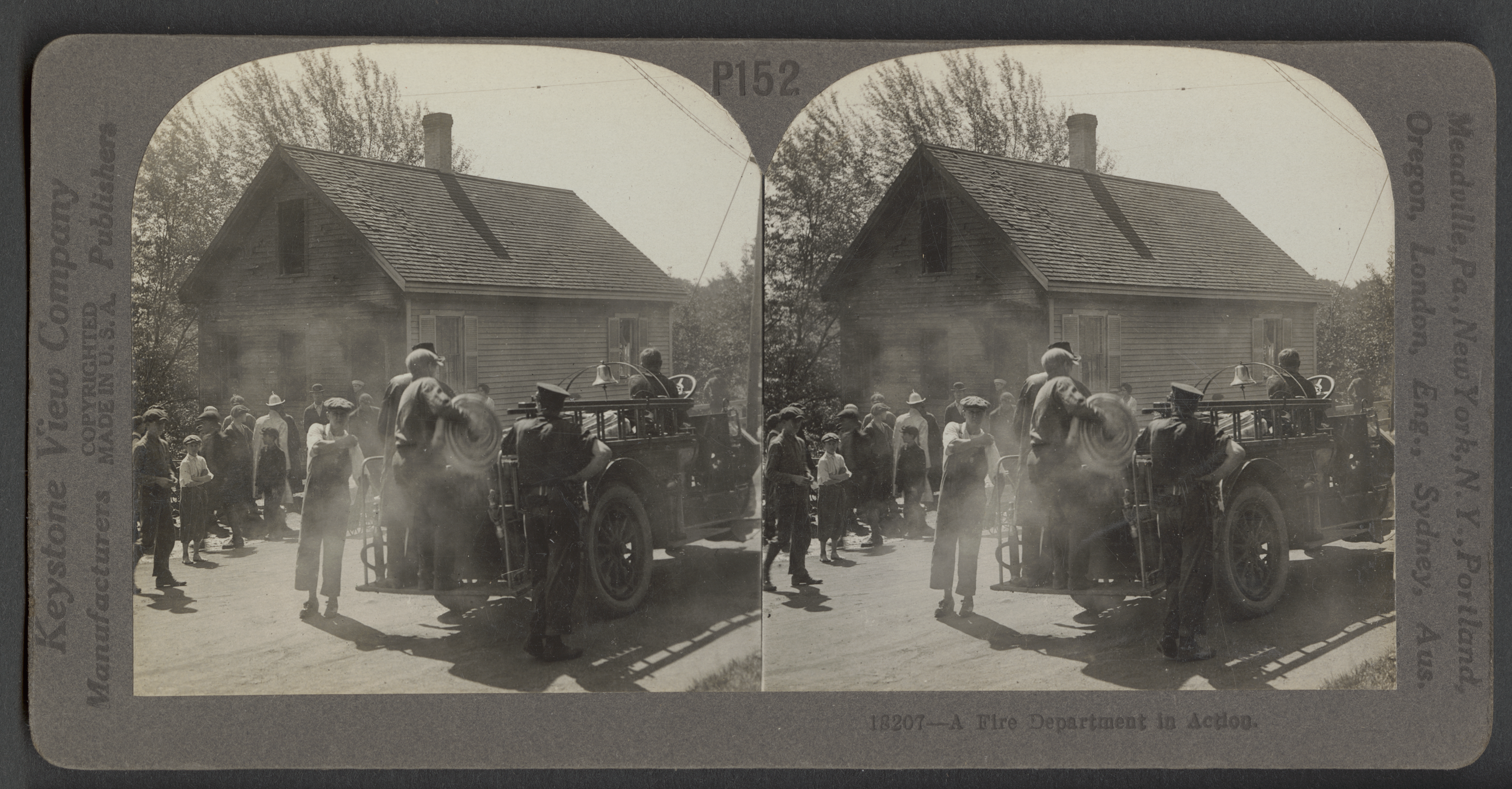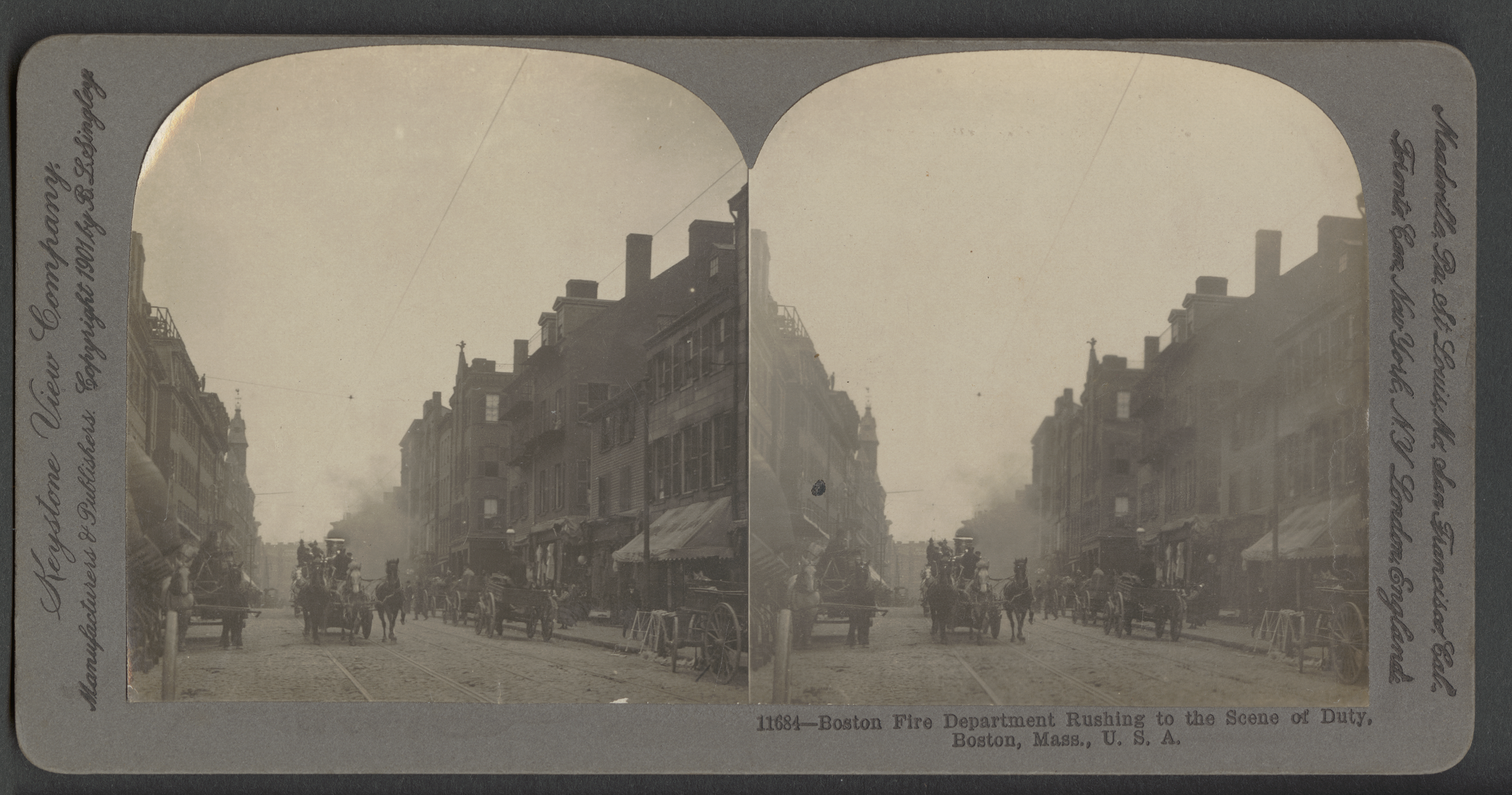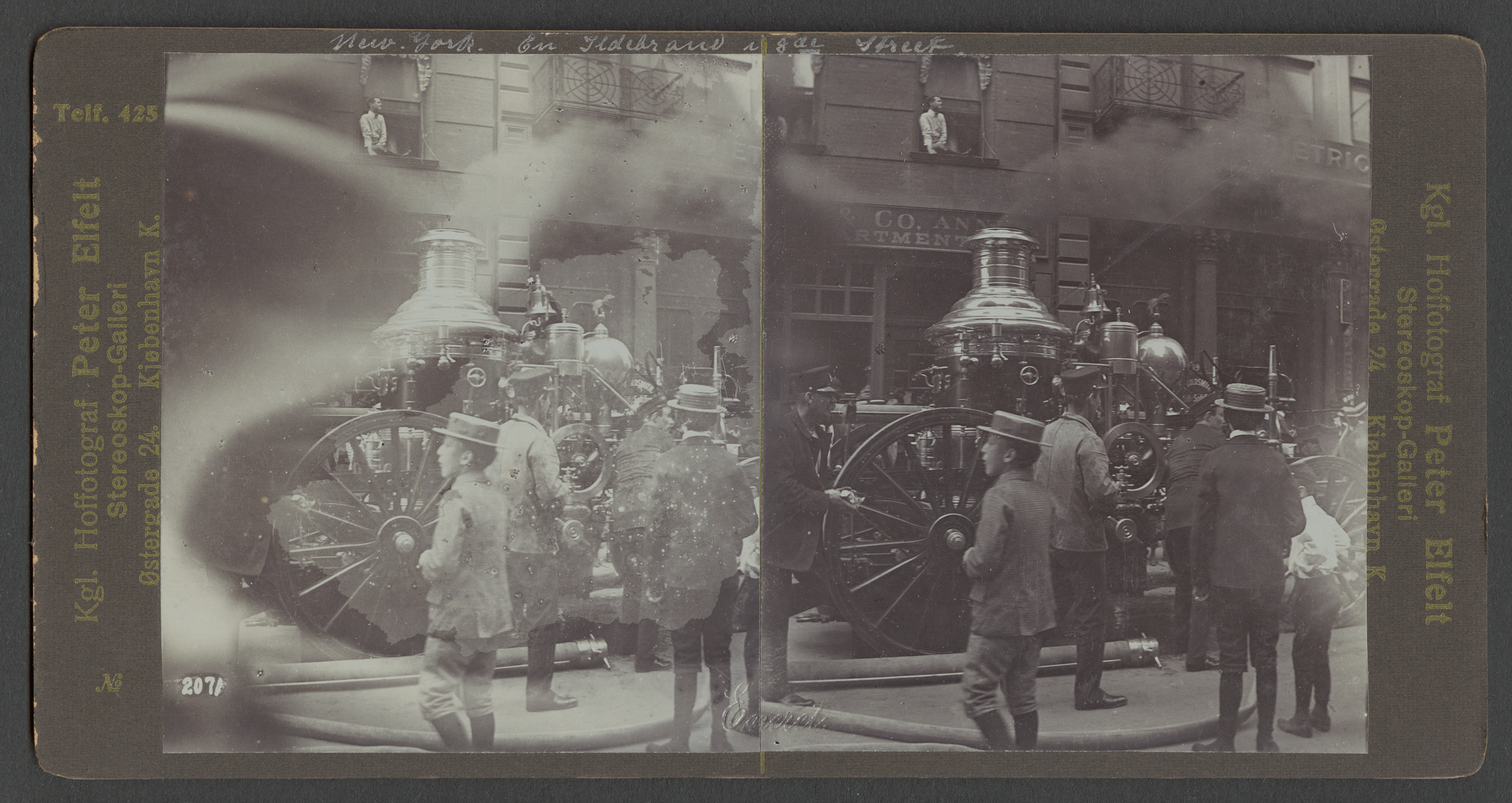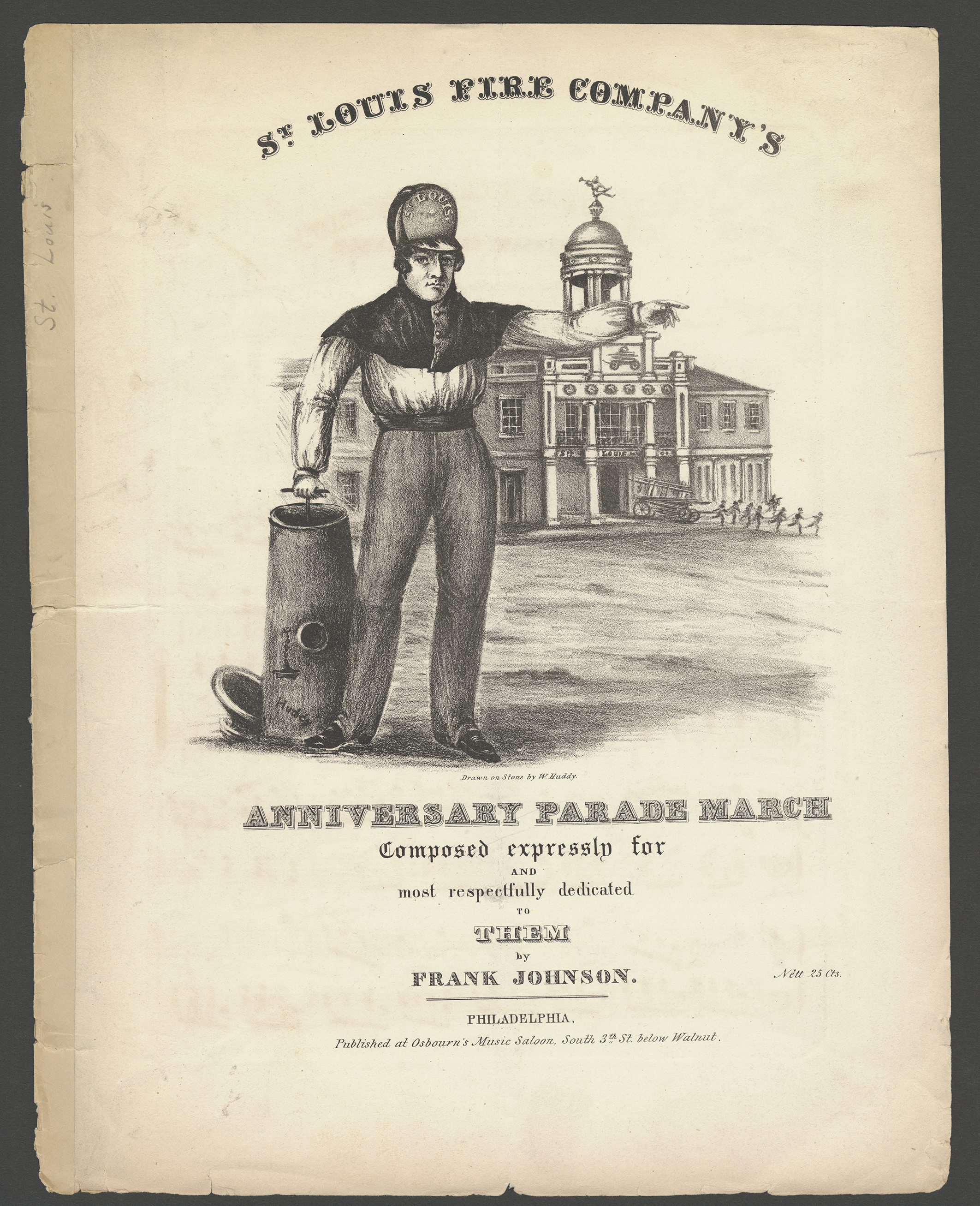Case Study: Life of an American Fireman
Related Resources
Case Study: Life of an American Fireman
Life of an American Fireman is a motion picture produced in 1902 by the Edison Manufacturing Company. A film catalog of the time described the film to prospective exhibitors in superlative terms as “the strongest motion picture attraction ever attempted,” showing “every movement of the brave firemen and their perfectly trained horses from the moment the men leap from their beds in response to an alarm until the fire is extinguished and a woman and child are rescued after many fierce battles with flame and smoke.” The film was one of many popular culture representations evincing a fascination with the heroic figure of the firefighter and the modern process of extinguishing a blaze. From the mechanics of fire alarms, ladders, and hoses to the human, animal, and physical resources deployed in response to a conflagration, the material equipment of firefighting became visual attractions that anchored the story in a recognizable world. This case displays the abundance of print culture produced before, alongside, and after the The Life of an American Fireman including trade cards, stereoviews, and illustrated sheet music. Long before the film, composers such as Philadelphia’s celebrated early Black conductor, Francis (Frank) Johnson, were imagining a soundscape that echoed the drama and danger of the profession.
This series of cards featuring a caricatured fireman humorously depicts his day on the job. These cards demonstrate public interest of firefighters in the late 19th century. The cards can be rearranged to form different story sequences that valorize firefighters as narrative heroes in the popular imagination.
This stereoscopic photograph from 1934 is a view of firefighters combatting an urban blaze. Handwritten comments by members of the Stereoscopic Society on the accompanying envelope critiqued the blurriness of the stereoview, but still commended its existence against all odds.
These three stereoscope cards depict a fire engine and firefighters in action, clear examples of depictions of firefighting at the turn of the twentieth century. Viewed through a stereoscope, the two side-by-side images produce a three-dimensional effect.
L. Singley, Boston Fire Department Rushing to the Scene of Duty. Stereoscope card. Keystone View Company. 1901.
Francis Johnson, a celebrated African-American musician, composed this march for the St. Louis Fire Company between 1844 and 1847. The lithograph of a fireman on the cover, along with the fearless trills and strong melodies on the water-damaged sheet music within, reflect the heroic figure of the fireman in the mind of the American public.

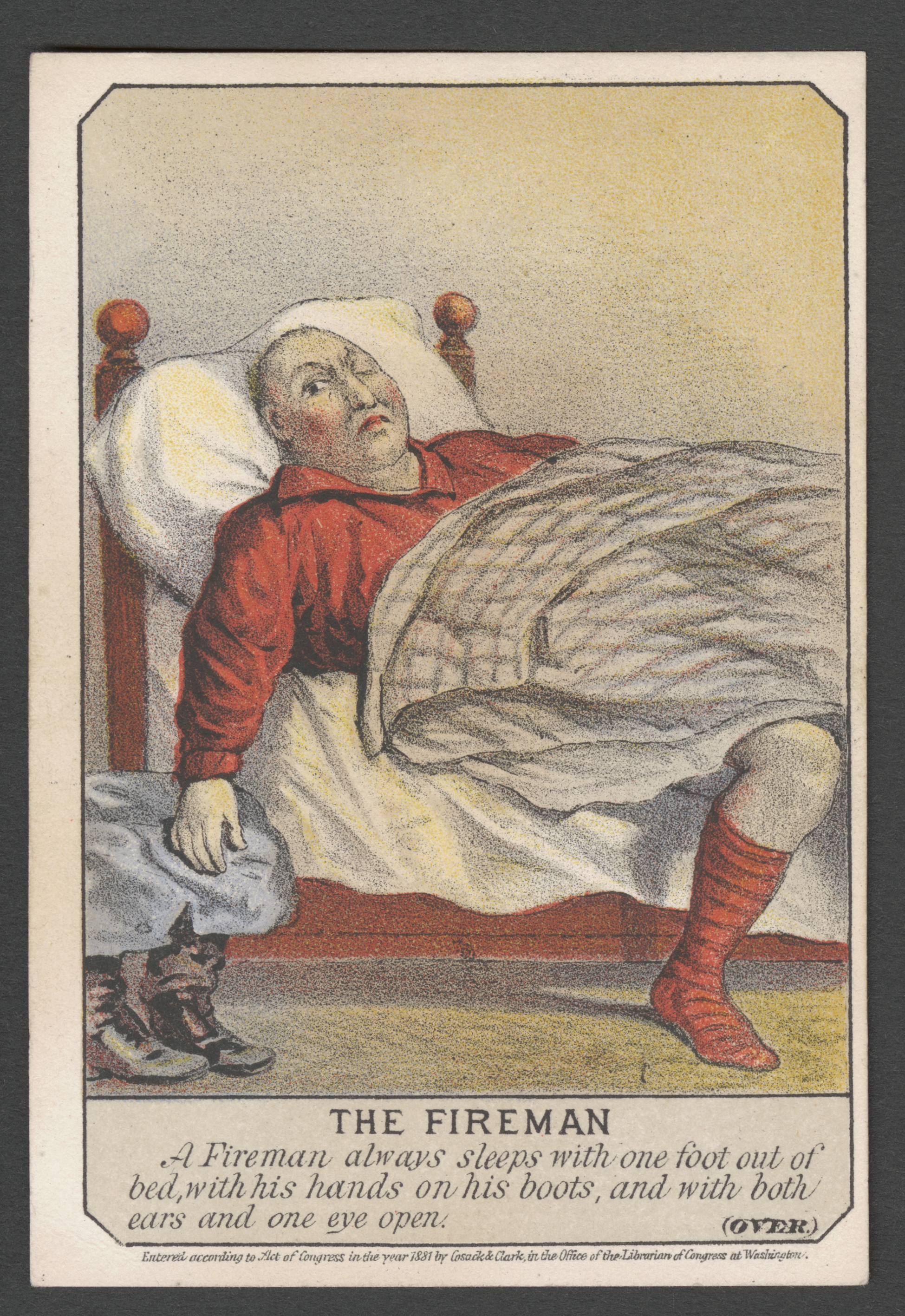
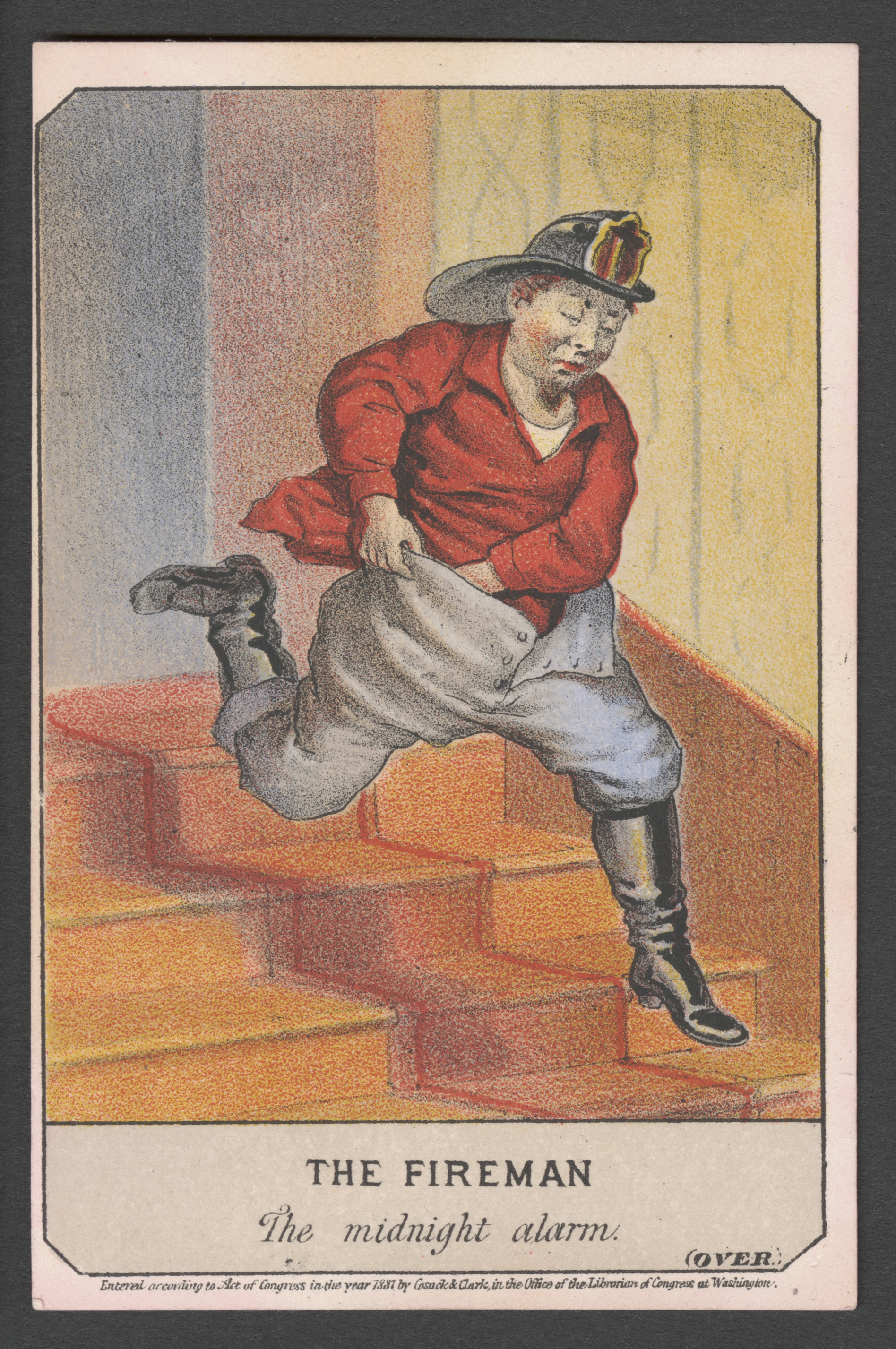
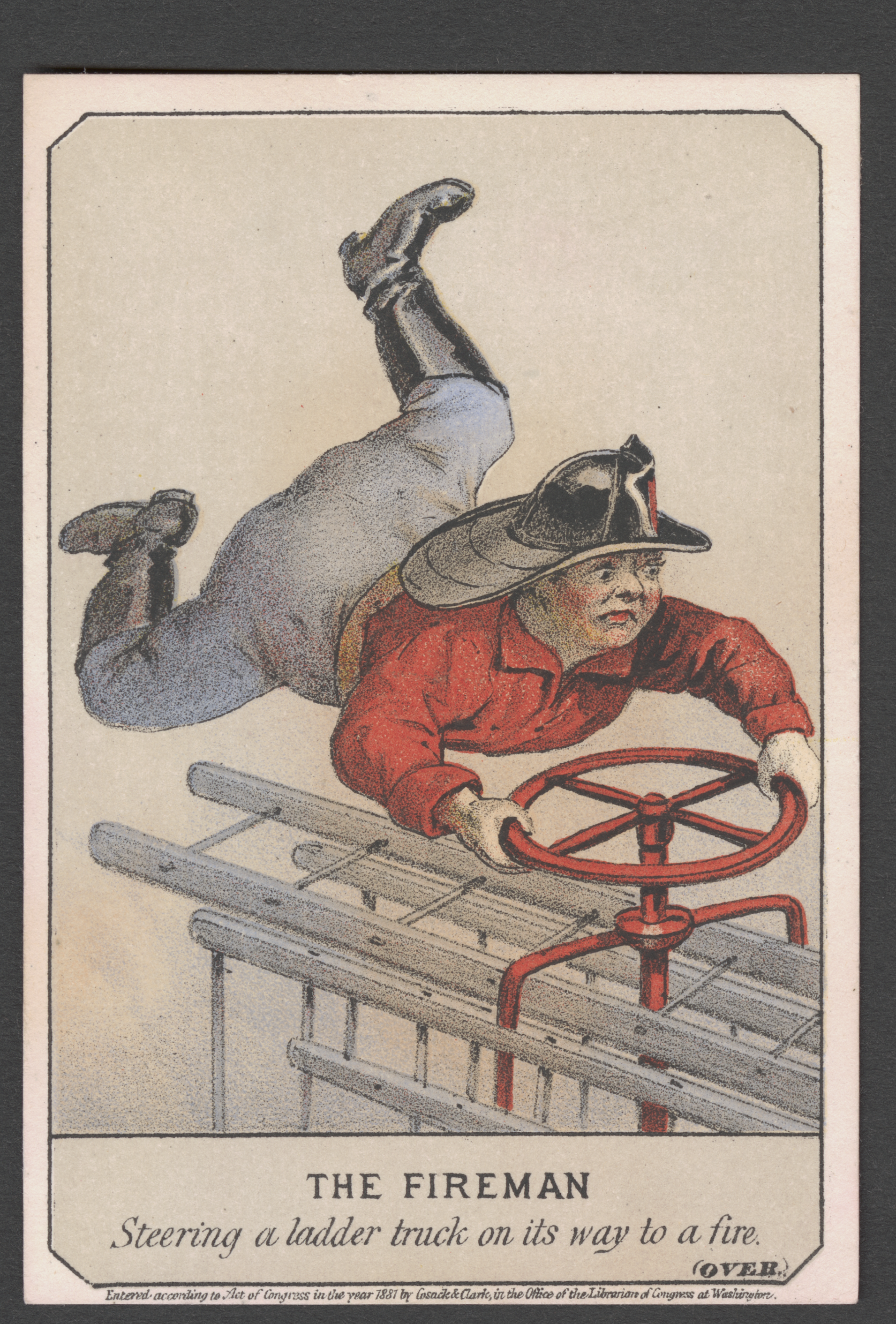
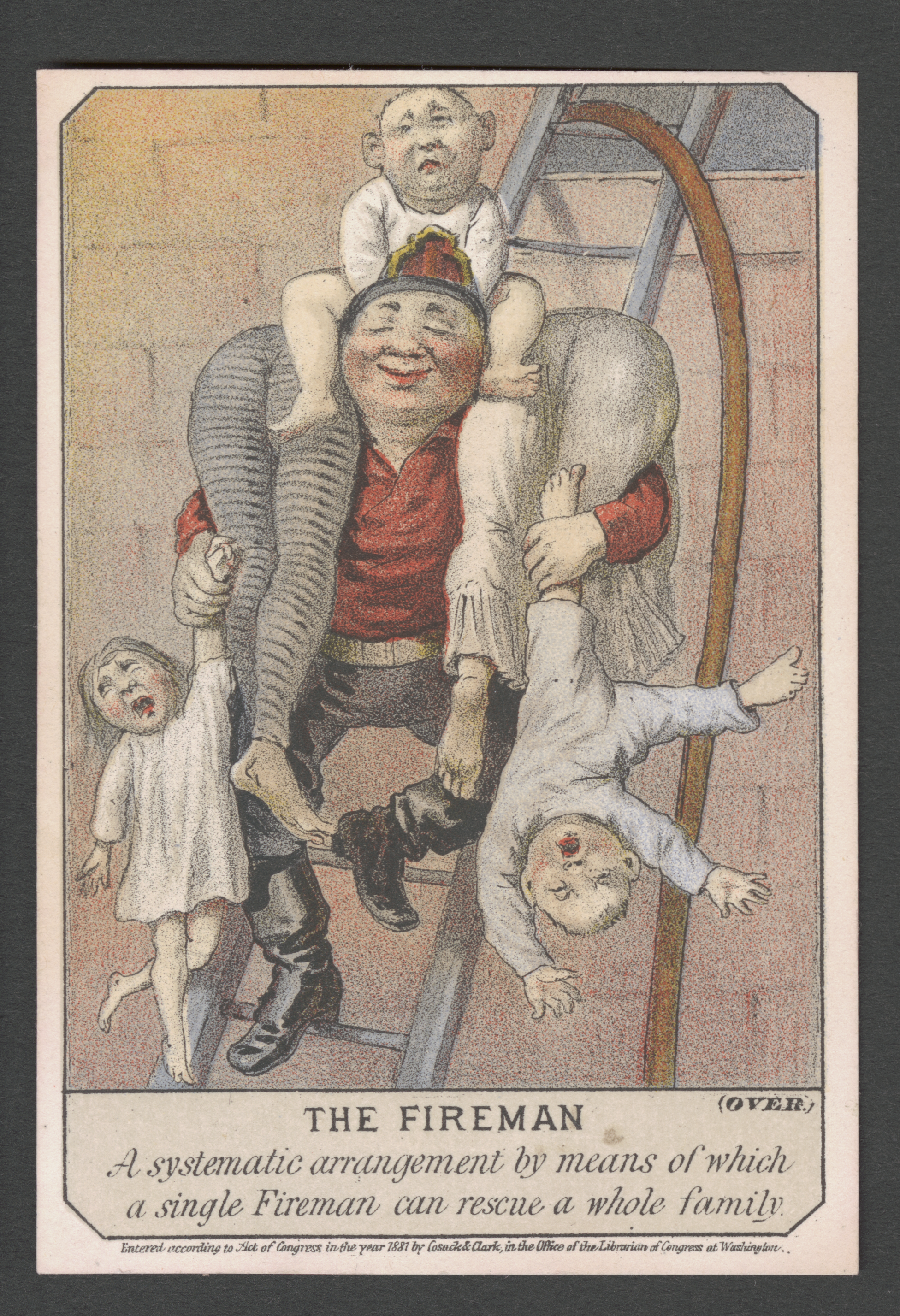
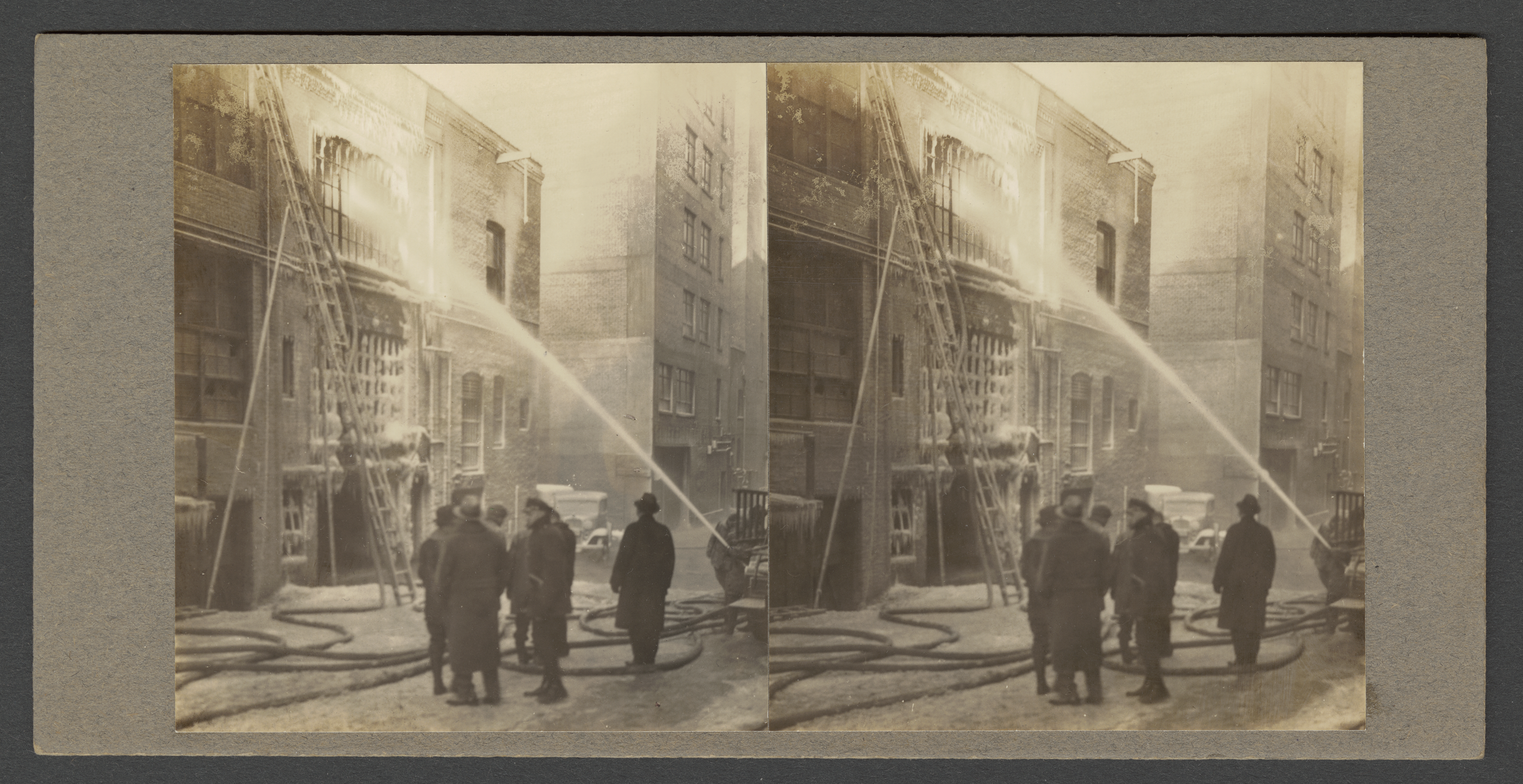
![A stereoscopic envelope from The Stereoscopic Society, February 20, 1934, of E.K. Emslie's [“Finishing a Stubborn Fire”]](https://clements.umich.edu/wp-content/uploads/2024/04/Stereoscopic-Envelope-400x284.png)
![A stereoscopic envelope from The Stereoscopic Society, February 20, 1934, of E.K. Emslie's [“Finishing a Stubborn Fire”]](https://clements.umich.edu/wp-content/uploads/2024/04/Stereoscopic-Envelope-Copy-400x284.png)
